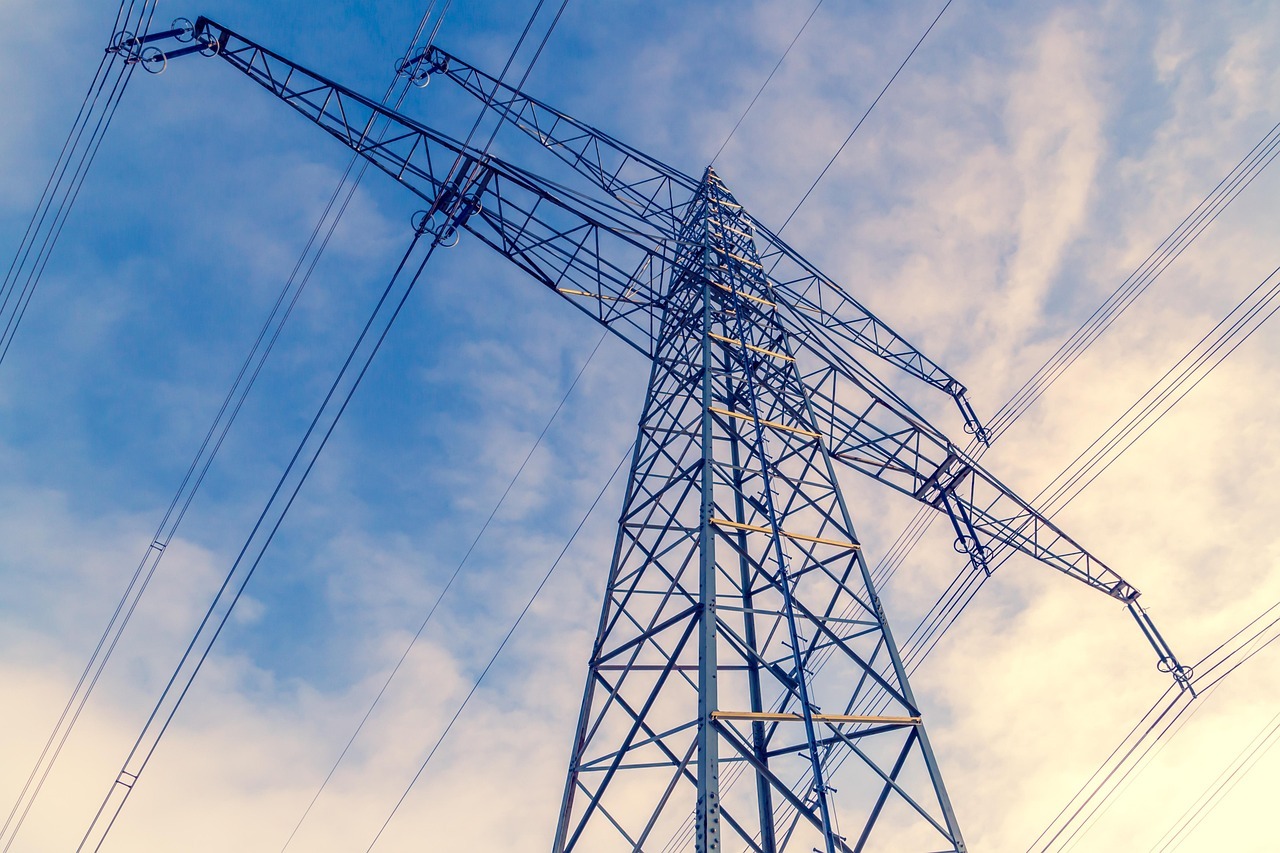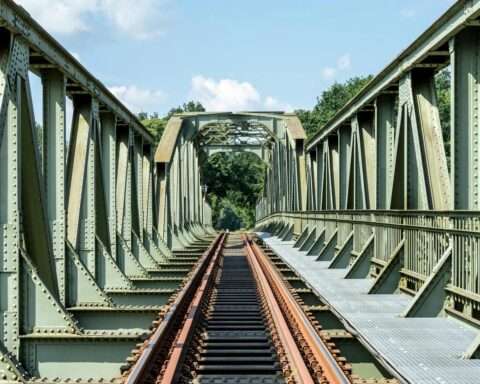Data centers supporting artificial intelligence (AI) systems have proven to be one of the largest power consumers of the century, utilizing approximately 4.4% of total domestic electricity in 2023, according to a new nationwide survey.
The 2025 AI Infrastructure Survey, released by industry giant Deloitte, expects that number to rise exponentially in the coming years, potentially growing to 12% by 2028 with no signs of slowing or stopping.
The proliferation of AI technology will require dedicated infrastructure designed to accommodate its needs. AI’s power demand is projected to grow to 123 gigawatts (GW) by 2035, a rate that is unsustainable with the nation’s current model for capacity expansion. As it stands, U.S. infrastructure development can’t keep pace with how fast AI data centers are being built.
Both the public and private sector agree that widespread AI adoption will drive a massive increase in power demand, according to the survey. The problem is that while AI data centers can be built relatively quickly, energy generators cannot be built at the same rate. There’s a seven-year wait on some requests for grid connections, primarily stunted by slow development cycles for renewable or fossil fuel baseload generators.
There are a handful of gaps that must be addressed to meet the challenges associated with AI build-out, energy overconsumption, workforce challenges and infrastructure inadequacy.
- Power and grid capacity constraints in meeting load growth.
- Misaligned data center and grid build-out timelines.
- Cybersecurity and physical security issues.
- Supply chain disruptions impacting available equipment and materials.
- Permit securing difficulty.
- Workforce constraints.
- Gas undeliverability.
The United States will have to close these gaps before rapid AI development outcompetes energy demand, placing increased stress on the national grid and compromising energy affordability, integrity and reliability.
The survey lists technological innovation as one of the leading solutions to address shortfalls, prioritizing new ways to cool data centers, optimizing manufacturing processes for components or finding transformative ways to transmit power across the grid. While data centers primarily rely on gas to sustain daily operation schedules, renewable energy sources are expected to play an increasing role.
Regulatory frameworks will also have to be reworked to help create additional capacity, enabling the industry to confidently advance system integration, stakeholder collaboration and residential ratepayer safety. Notably, the interconnection process between data centers and power grids must be innovated, following a framework that enhances transparency, removing speculative projects and streamlining priority initiatives.
Power companies and data centers will have to find better methods to sustain collaborative and effective partnerships to best leverage infrastructure investments and cost allocation.
While data centers are known for their round-the-clock operations, a strategy that could prove effective in managing power consumption and distribution involves an increased focus on flexibility. By being more flexible during peak hours, data centers could better support grid functionality, delegating computing tasks to different times of the day to curtail inflexible loads.
To make these strategies work, new business models will have to be implemented to support additive infrastructure and consolidate operations fusing data center and power infrastructure development. These new collaborative options – ranging from redeveloping closed plants into data center campuses to leveraging underused surplus interconnections – would be essential to enhance infrastructure efficiency, capacity and scalability.
Meeting skyrocketing power demands and load growth are going to be extremely challenging for data center infrastructure buildout. While the United States isn’t prepared to meet the rising energy demand yet, concerted efforts prioritizing innovative methods to keep up with the AI economy are in the works.
Image by Tom from Pixabay













